Abstract
This paper presents the initial results of research design into parametric, prefabricated, high-density low carbon dwelling typologies that allow for both user choice and a privatised relationship with some version of a ‘garden’. Parametric design is a rulebased methodology that in this case allows future residents to assemble their dwelling with the constraints of the kit of parts and optimised environmental performance. User participation is as key to this system as high environmental performance.

The architecture is thus generated by the rules and by user choice. The kit of parts contains elements that allow waste recycling, cultivation of crops and rainwater harvesting, in an attempt to positively influence the lifestyle of the users. The use of prefabrication would deliver lightweight buildings, allowing greater space for the rationalization of resources, lower consumption of energy and the installation of prefabricated building components that utilize fewer resources compared to traditional building techniques This paper investigates the industrial logic with which prefabricated building components are produced, the reason for the need of user’s participation in the building process and tools to enable this participation.

Introduction
This design-led research investigates possibilities for developing low energy neighbourhoods through a process of participation of the users. The investigation encompasses three areas:
1. self build, self-procured dwellings;
2. use of high performance prefabricated components for low carbon residential buildings;
3. use of parametric design. Trend projections, in the UK show an increase of self-build houses. ‘First-quarter figures from BuildStore, supplier of finance, materials and advice to people who want to build their own homes, show mortgage applications rose almost 70 per cent to £178 million in 2005.’ [1]
Industry in this area has potential for producing a high variety of customized components that can generate a variety of building types and finishes. The project investigates how parametric design can enable users to generate low carbon buildings and neighbourhoods through a prefabricated kit of parts and a set of rules that binds users and at the same time gives them high flexibility. This paper looks into each one of the above mentioned areas before illustrating the final design research.
Prefabrication and Modern Methods of Construction.
Historical references. Early prefabricated building elements and processes stem from the rationalist dream of architecture as a product.
Le Corbusier wrote in 1923:
“There exists a new spirit. Industry, overwhelming us like a flood which rolls on towards its destined end, has furnished us with new tools adapted to this new epoch, animated by a new spirit.”
(…)We must create the mass-production spirit: The spirit of constructing mass-production houses. The spirit of living in mass-production houses. The spirit of conceiving mass-production houses.’ [2]
Forty years later, technology and market demand realised this vision. During the 60’s and early ’70’s prefabrication became a reality in the building sector everywhere in Europe. Unfortunately, rather than generating affordable, high quality dwellings for the many, the industrial production of building elements created standardization and monotony where it should have allowed a greater freedom and higher quality standards for designers. Industrialization embedded repetition. The use of repeated elements as a design parameter was explored at the Bauhaus. Walter Gropius saw prefabrication as the way to build large numbers of dwellings in a fast and effective way, and in the 1920’s and 30’s, the first industrial homes were seen as a symbol of modernity and progress. [3]
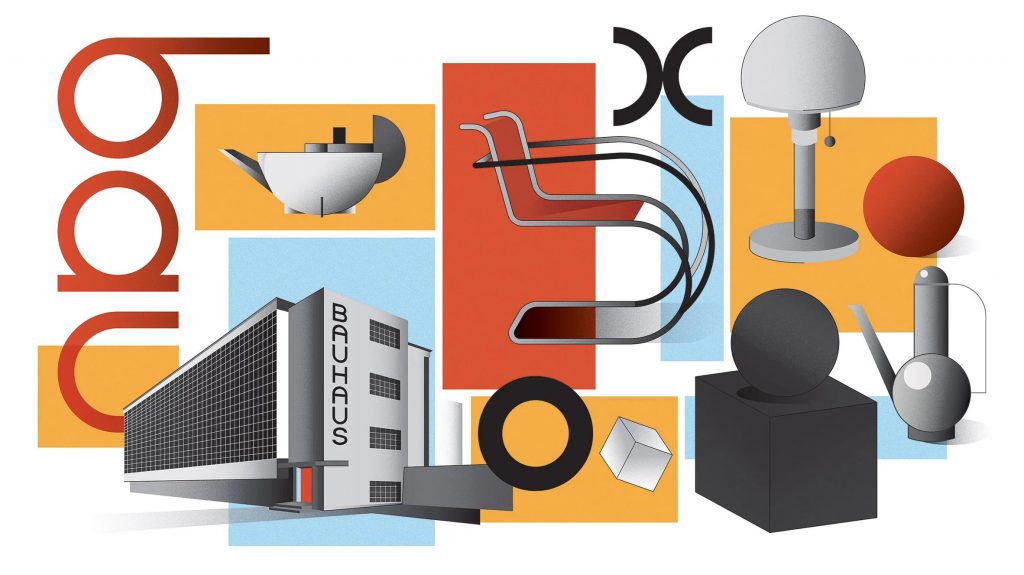
As R. B. White pinpoints, during the first half of the XX century Sweden and Germany together with United States succeeded in developing a market for prefabrication in response to house shortage and war destruction. In UK this did not happen although UK Government, following several commissioned reports, sponsored experiments in prefabrication, some of which were interesting. However, endeavours did not have the necessary impact on the market, maybe because prefabrication was envisaged as a short term answer to emergencies and not as a long term investment. [4]
Residential buildings: Milestones for 3D construction technology
3D construction technology has experienced an unprecedented milestone: Germany’s first fully-functioning printed house was officially inaugurated and is now market-ready. With printing starting in September of 2020, the two-story detached house, built by PERI and designed by MENSE-KORTE ingenieure+architekten, came through all of the regulatory approval processes and opened this July in Beckum, North Rhine-Westphalia. With 80 sqm of living space per floor, PERI printed the triple-skin cavity walls, which are filled with an insulating compound and consider space for water and electricity related elements. Röser GmbH supplied the attic components as prefabricated parts, which, combined to the on-site printing process, resulted in a homogeneous unit.
The Beckum project was given the German Innovation Award by the German Design Council, an annual award which recognizes projects that present advances in the industry through originality, implementation and effectiveness.
“The three features – digital, dynamic, print-ready – have been implemented in Beckum. With the first 3D printed residential building in Germany, positive pressure is generated in the construction industry: for innovative construction with new technologies, for greater attractiveness in construction professions and for modern architecture with new styles.” – Ina Scharrenbach, Minister for Home, Municipal Affairs, Construction and Equality of the State of North Rhine-Westphalia.
However, in the 60’s, because of an extreme shortage of housing and a lack of experience in harnessing industrial processes, the true potential of prefabrication was never fully exploited. It may be said that manufacturing efforts were directed to mass production both of homes and products to fill them, responding to a budding market that was anxious to possess a share of welfare. Industrial processes nowadays have been digitalised, allowing the development of ‘mass customization’ of building components. CAD/CAM (computer-aided design/computeraided manufacture) is the most advanced example of this technique, used by Frank Gehry to make his design of the Guggenheim, Bilbao affordable [5].
This customisation reflects the contemporary promotion of individual consumer choice. Prefabricated house companies such as the German WeberHaus or the Swedish Ecothech maintain the differentiation of the components as an essential feature of their production and a highly personalised product gives a competitive edge in this market.
References
1. http://www.selfbuildabc.co.uk
2. Le Corbusier – Towards a New Architecture. Mass-production Houses, p. 225
3. DTI – Global Watch Mission Report: MMC in Germany – March 2004
4. R. B. White, A.R.I.B.A. (1965) Prefabrication. A history of its development in Great Britain – Her Majesty’s Stationary Office
5. Nick Callicot (2001) Computer-Aided Manufacture in Architecture: the pursuit of novelty, Architectural Press, Oxford; Coosje Bruggen (1998) Frank O. Gehry Guggenheim Museum Bilbao, The Solomon R. Guggenheim Foundation, New York
6. Image sources above:www.archdaily.com
7.Environmental Architecture. Parametric Design and Users’ choice.


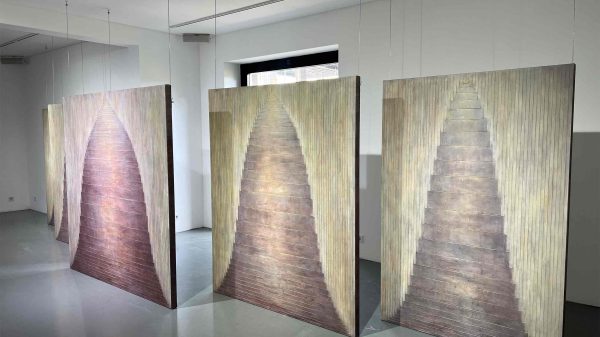





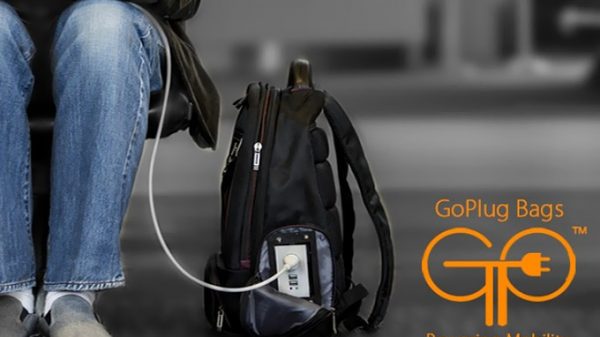




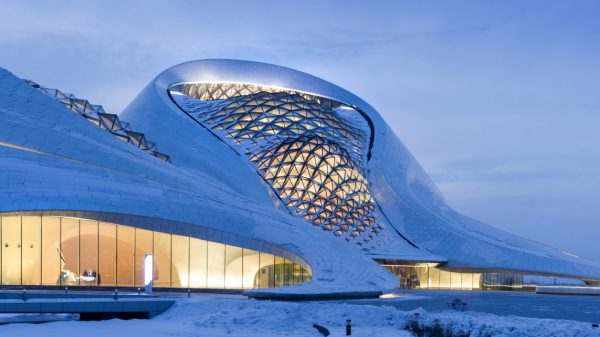
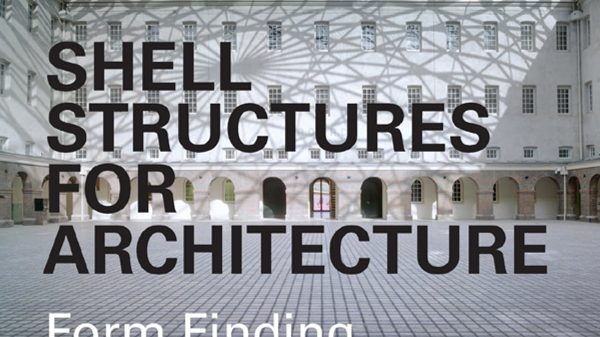
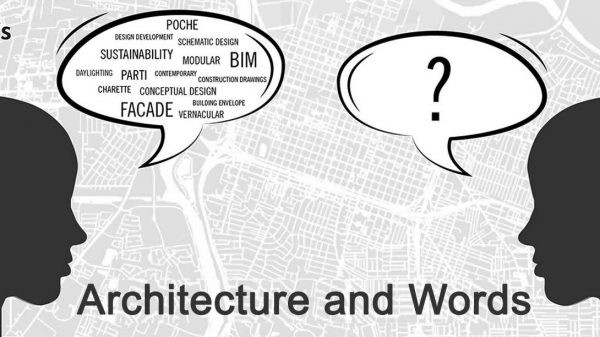

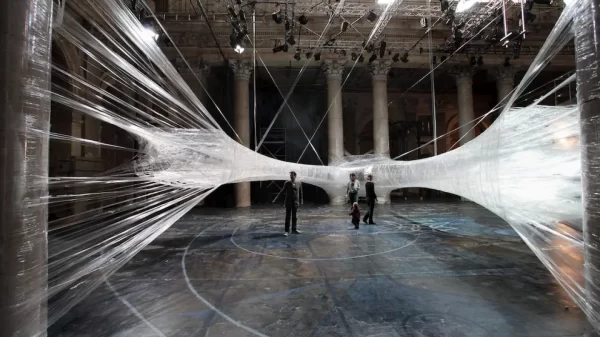

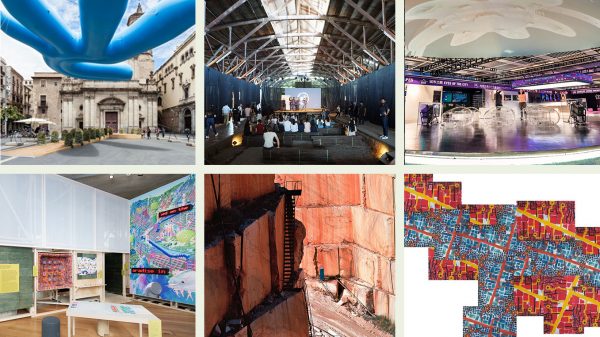






1 Comment. Leave new
Please ask your question. Let me know how I can assist you.